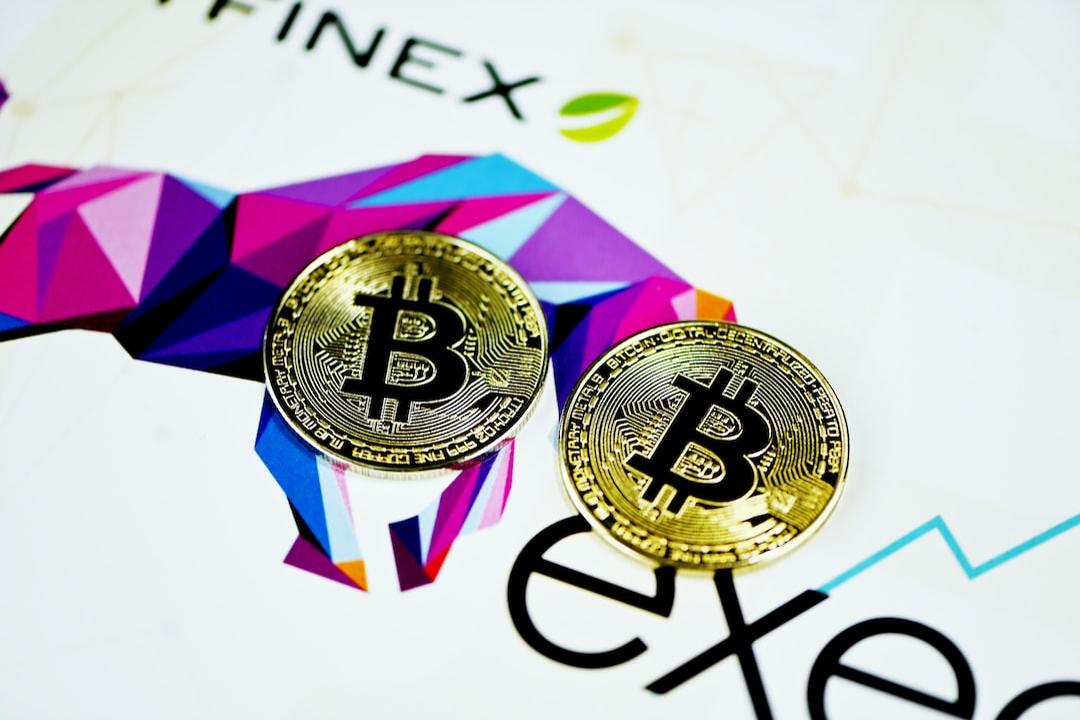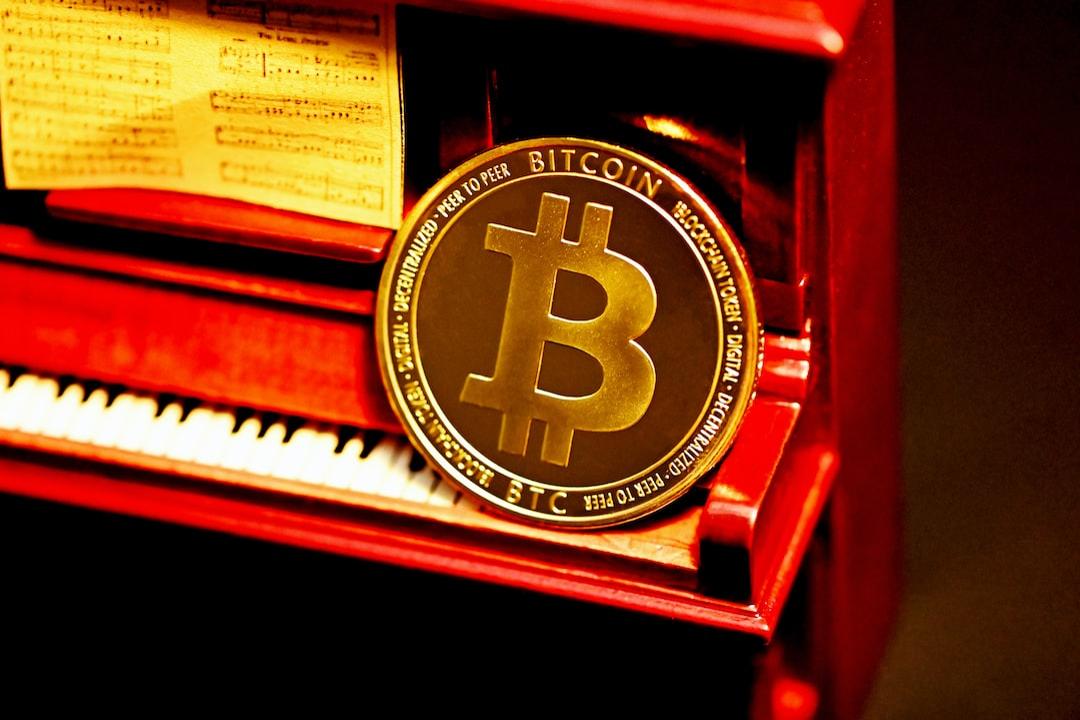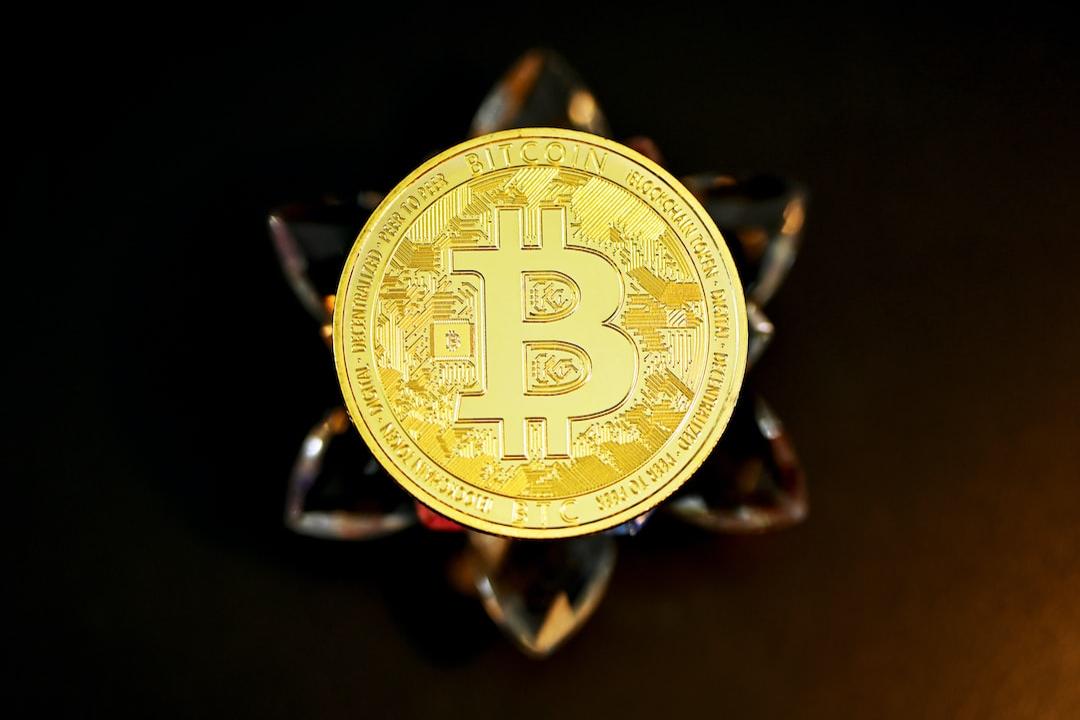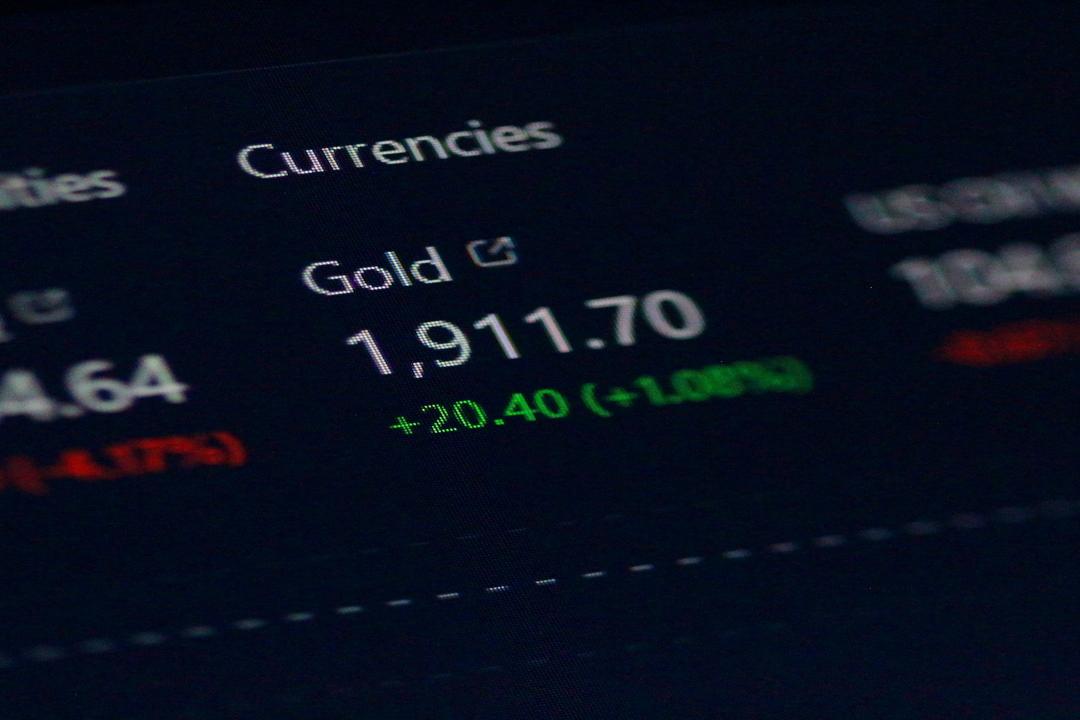UBS believes that once global risk-free rates experience fluctuations, it will mean that all markets will be disrupted.
This article originated from a piece written by Wall Street Insights and was compiled, translated, and authored by Foresight News.
(Background: Trump’s tariffs have shattered the “safe-haven myth” of US Treasuries, which Wall Street considers “risky assets.” Are China and Japan the culprits in stock dumping?)
(Background Supplement: The unexpected decline in US CPI in March raises the likelihood of the Federal Reserve cutting interest rates, but why are Bitcoin and US stocks not rising but instead falling?)
Unprecedented volatility in US stocks exceeds that of emerging markets and Bitcoin
US stocks have shown rare volatility, surpassing both emerging markets and Bitcoin, while US Treasuries, typically viewed as safe assets, have experienced sharp fluctuations. This has led investors to begin questioning the wisdom of holding US assets. UBS believes that once global risk-free rates fluctuate, it will disrupt all markets. Analyst Ed Al-Hussainy bluntly pointed out: “I’m not actually worried about a recession; I’m worried about a financial crisis.”
On Friday, US stocks returned to an upward trend, seemingly indicating a recovery in market risk appetite. However, in reality, investors have begun to question the safety of US assets, especially due to the drastic fluctuations in US Treasuries, which have once again cast a shadow of financial crisis over Wall Street.
In the past week, the yield on US 10-year Treasuries recorded its largest weekly jump in over 20 years, while US stocks saw a sharp drop followed by a surge. On the surface, the S&P 500 index rose over 5% for the week, US Treasury yields returned to February levels, and Bitcoin closed higher, making it seem like everything was back to normal.
However, what is concerning is the simultaneous decline of US stocks, Treasuries, and the dollar this week, a phenomenon that is characteristic of emerging markets rather than the performance of the world’s safest assets. Particularly, the significant volatility in US long-term bonds this week seems to suggest that a liquidity crisis is looming, prompting investors to question the wisdom of holding US assets. UBS Group’s Chief Strategist Banu Bhatia stated:
“This is terrifying. We are redefining the global risk-free rate, and if global risk-free rates fluctuate, it will disrupt all markets.”
Rare historical volatility in US assets surpasses that of emerging markets and Bitcoin
Trump’s recent tariff policies have not only undermined confidence in the US economy but have also shaken investors’ trust in the direction of US policies and dollar assets. Even by Wall Street’s long historical standards, this week has been a brutal trading week, with US stocks resembling a roller coaster, and the movement of US Treasuries and the dollar suggests that the US’s safe-haven status may be at risk:
- On Monday, due to so-called erroneous tariff information, US stocks experienced a 15-minute pulse shock, with the Nasdaq briefly soaring 10% from its low, while Treasuries plummeted.
- On Tuesday, messages indicating no tariff exemptions crushed hopes for a rebound in US stocks, with the Dow Jones plummeting over 2,000 points at one point, and the S&P erasing over 4% of its gains to turn negative, while the US Treasury market experienced a deleveraging drop.
- On Wednesday, the US delayed some tariffs, and the three major US stock indices rose nearly 8%, with the S&P achieving its largest gain since 2008, and US stock trading volume hitting a historic high of 30 billion shares. The yield on 10-year Treasuries shot up before retreating.
- On Thursday, global investors fled US assets, resulting in a three-pronged massacre in US stocks, bonds, and currencies, with the Nasdaq dropping over 4%, the dollar experiencing its largest single-day drop in two years, and gold hitting new highs.
- On Friday, the Federal Reserve hinted at possible intervention, leading to a rebound in US stocks, but the decline in Treasuries and the dollar warned that the US’s status as a safe haven may no longer be assured.

Andrea DiCenso, an investment manager at Loomis, Sayles & Company, stated: “Is the US market beginning to behave like an emerging market? There’s no doubt about it; that’s exactly what we’re seeing.”
According to data, the volatility of US stock ETFs has even surpassed that of funds tracking emerging markets and, at times, exceeded that of Bitcoin. Such a situation has rarely occurred, except during the pandemic, the crisis in August last year, and the period of aggressive interest rate hikes by the Federal Reserve.

Neil Dutta from Renaissance Capital bluntly stated in an email to clients: “The S&P 500 is trading like a cryptocurrency, which may not be a good thing.”
Severe fluctuations in risk-free rates signal a repeat of financial crises
When the long-term bond market experiences extreme volatility, wide spreads, and low liquidity, it affects all other capital markets, especially exerting upward pressure on interest rates and US government debt, which could potentially evolve into a financial crisis over the long term.
The volatility of US Treasuries surged this week, with the volatility of 20-year Treasuries rapidly catching up to the VIX volatility of US stocks.

Although this week saw no continuation of the decline in 30-year Treasuries from the previous week, a broad expansion trend emerged. However, some cracks appeared in the bid-ask spread of the benchmark 30-year bond — a sign of the long-term decline in liquidity of the US Treasury yield curve. This week, the spread nearly reached an entire basis point, a level not seen since the beginning of 2023.

Confidence in the quality of US stocks, fixed income, and currency assets outside the US has been damaged. Nathan Thooft from Fund Experience noted, “The question is whether this is a temporary shock or a long-term shift? We still believe it’s the former. But this does not deny that some large asset owners are looking for alternatives and diversification in safe-haven assets.”
Analyst Ed Al-Hussainy further pointed out: “I’m not actually worried about a recession; I’m worried about a financial crisis.”
Funds flowing into safe-haven assets; Wall Street calls for Federal Reserve intervention
The shadow of a financial crisis has led global investors to withdraw from the US and flock to safe-haven assets such as European bonds, gold, the yen, and the Swiss franc to avoid broader turmoil.
The yield on German bonds remained largely unchanged this week, while the yield on US 10-year Treasuries soared over 50 basis points, marking the largest gap since 1989 where US Treasury yields lagged behind German bonds. Conversely, the dollar index fell below the psychological level of 100, recording the largest two-week decline since November 2022, while the euro appreciated significantly against the dollar, with this week’s appreciation exceeding that of the yen.

Extreme volatility has placed unprecedented psychological pressure on investors and traders, leading to calls on Wall Street for the Federal Reserve to intervene. On Friday, JPMorgan CEO Jamie Dimon stated that he anticipates “chaos” in the US Treasury market.
“When you have many volatile markets, wide Treasury trading spreads, and low liquidity, it affects all other capital markets,” Dimon said during a conference call on earnings. “This is a reason for the Federal Reserve to intervene, not to help banks.”
Fortunately, Susan Collins, a voting member of the Federal Reserve, stated on Friday that if market conditions become chaotic, the Federal Reserve “will absolutely be prepared” to help stabilize financial markets. However, she also emphasized that as long as the market continues to perform well, they do not see overall liquidity concerns.


